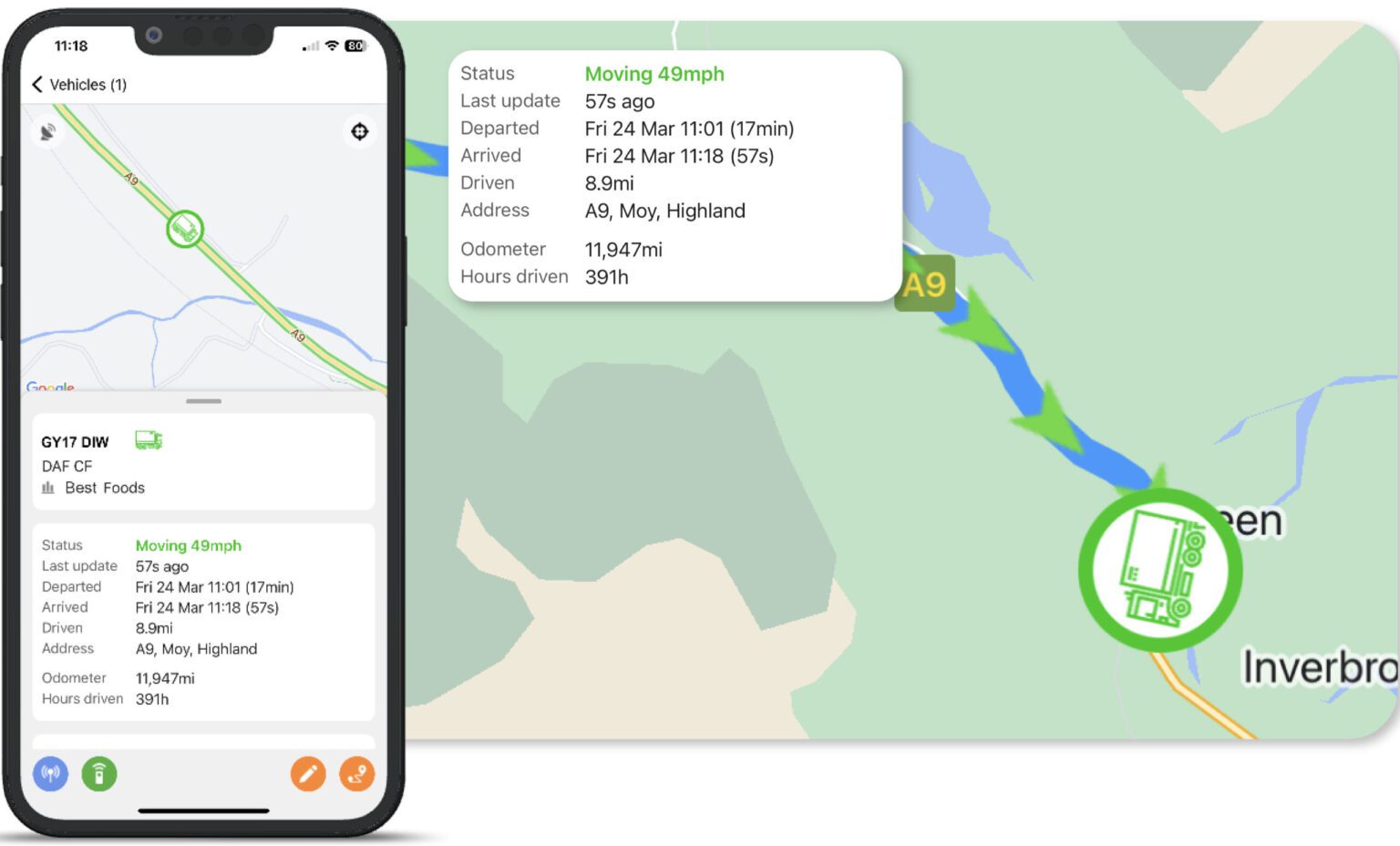Leveraging Telematics
A Fleet Witness Success Story In Preventing Vehicle Theft
In the fast-paced world of logistics, the stakes are high, and every minute counts. We recently celebrated a significant success story that underscores the crucial role of telematics in safeguarding businesses against the rising tide of vehicle theft. This incident serves as a testament to the power of cutting-edge technology and quick, decisive action in mitigating risks and ensuring a positive return on investment.
The Incident:
On a seemingly ordinary day, one of our clients faced a potentially devastating situation—a van was stolen in the early hours of the morning. However, thanks to the robust telematics equipment installed in the vehicle and the swift response from Fleet Witness, the story took a positive turn. By midday, the stolen van had been successfully recovered, preventing potential losses and demonstrating the real-time tracking capabilities of modern telematics solutions.
The Role of Telematics:
Telematics has emerged as a vital asset in the logistics industry, proving to be a game-changer in combating vehicle theft. Equipped with GPS tracking, real-time monitoring, and advanced features, telematics empower businesses to maintain a vigilant watch over their assets, countering the ingenuity of bold and inventive thieves. Adding an extra layer of prevention, telematics serves as a last resort in the unfortunate event that a perpetrator gains access to the vehicle. While we hope it never comes to that, this additional safeguard underscores the comprehensive security that telematics brings to the forefront of asset protection strategies.
Investing in Good Equipment:
The success story underscores the importance of investing in high-quality telematics equipment. In a landscape where criminal tactics are evolving, having reliable and advanced technology becomes paramount. Fleet Witness’s commitment to providing cutting-edge solutions ensured that their client had the tools necessary to recover the stolen van swiftly.
Positive Return on Investment:
While the initial investment in telematics solutions might seem like an added cost, the incident clearly demonstrates the potential for a positive return on investment. Recovering a stolen vehicle within hours not only saved the client from financial losses but also preserved the operational continuity of their logistics business. This success story serves as a compelling case for other businesses to prioritise the integration of telematics into their fleet management strategies.
Conclusion:
Fleet Witness’s recent client success story is a testament to the critical role that telematics plays in securing assets and maintaining operational efficiency in the logistics sector. As thieves become more sophisticated, investing in high-quality telematics equipment proves to be a proactive and cost-effective approach. The incident showcases how a quick and decisive response, empowered by advanced technology, can turn a potential crisis into a success story, reinforcing the importance of telematics in the modern business landscape.
Want To Learn More?
If you aspire to enhance your fleet operations, give us a call or drop us an email, and together we can explore how our solutions can transform your business. Don’t miss out on the opportunity to optimise your fleet’s performance and maximise your success.
Contact us now and unlock a new era of efficiency and profitability for your company.

























